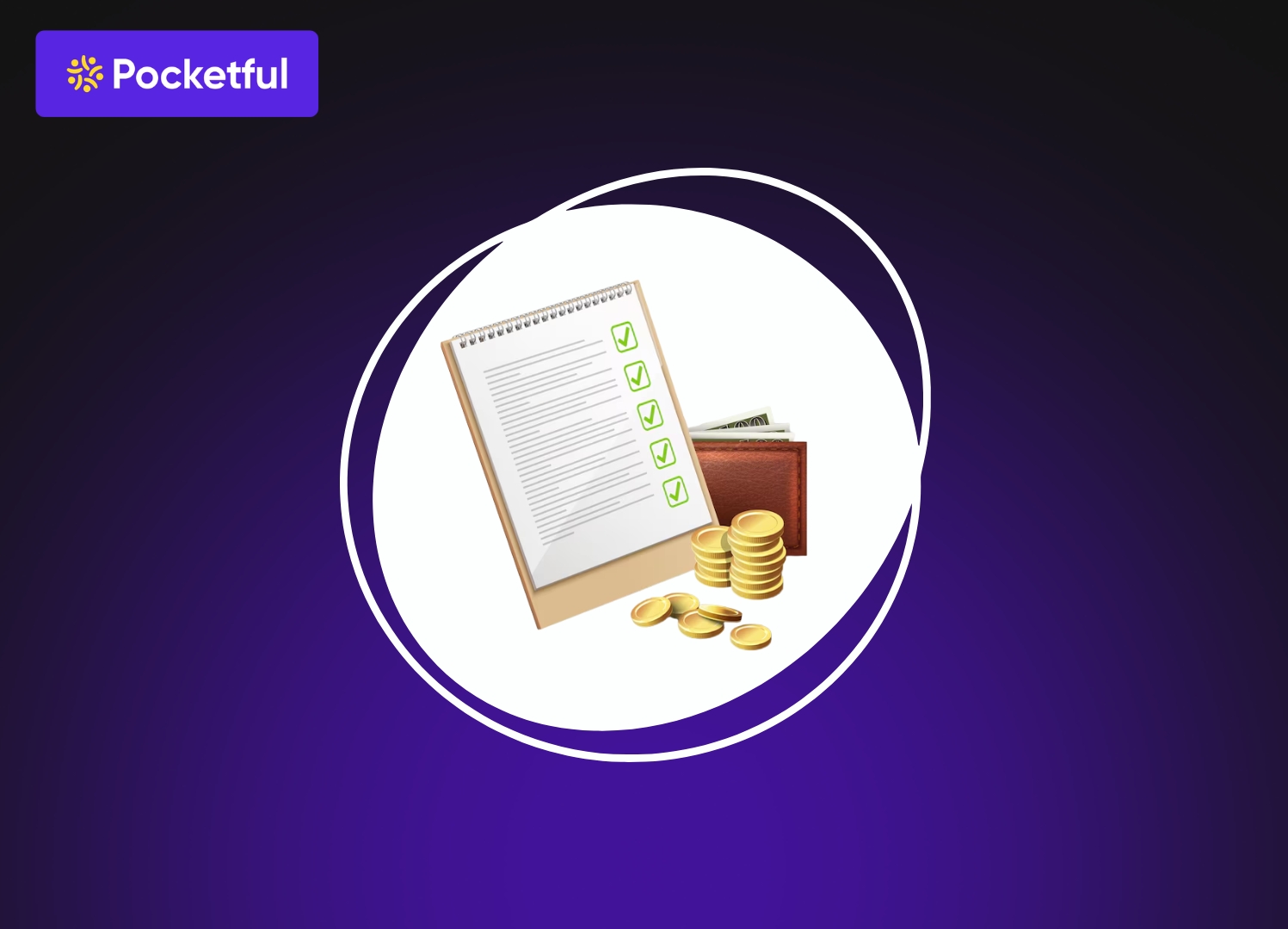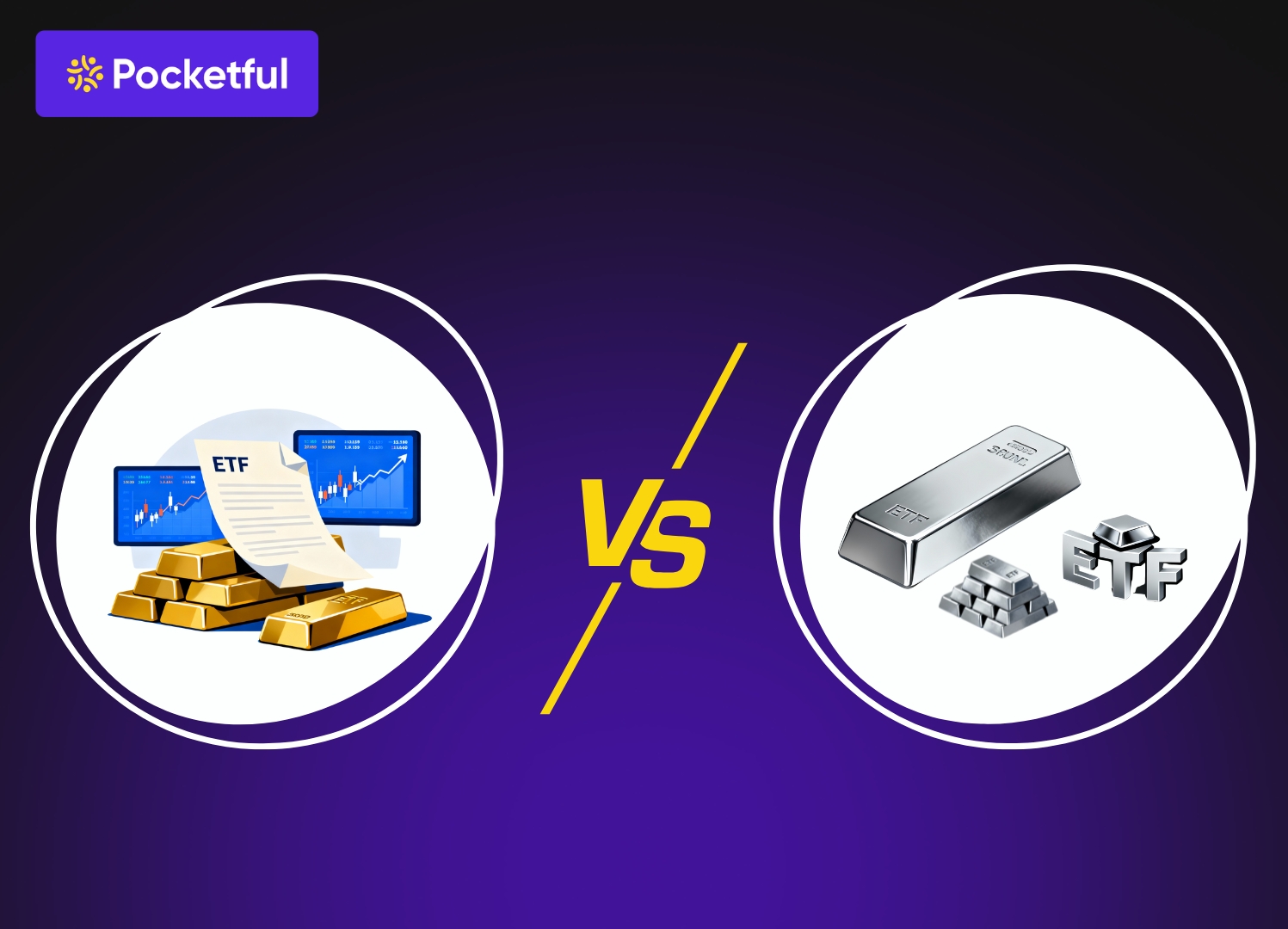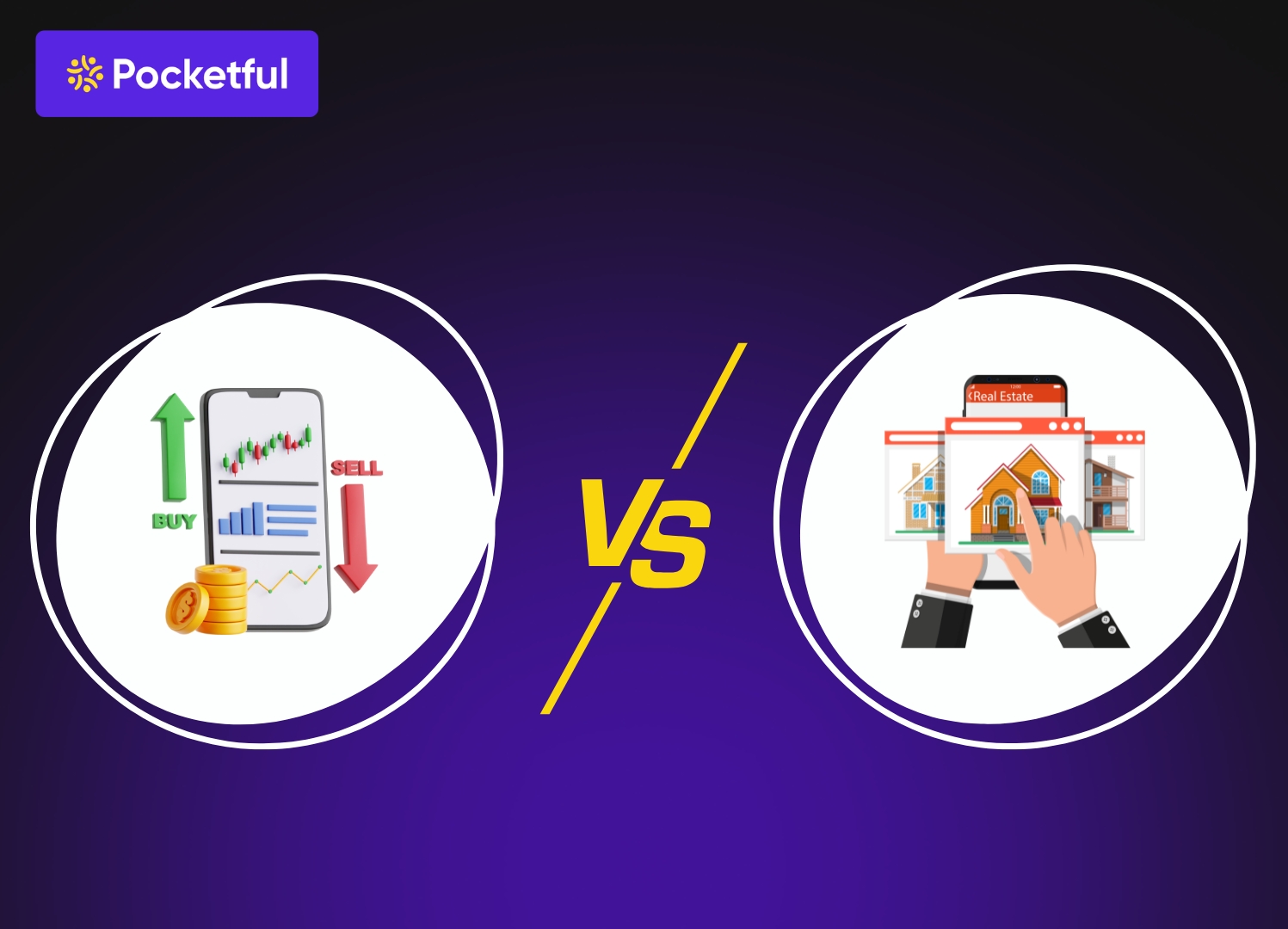Winter seasons have come, and there are various stocks which are getting high attention from the investors, as these stocks generally tend to perform better in the winter season due to an increase in demand for winter-related products. You can also earn a profit by investing in it.
In today’s blog post, we will give you an overview of “Top Winter Stocks To Buy In India during this winter season.
What are Winter Stocks?
Winter stocks are the shares of those companies which generally tend to perform during the winter season because of an increase in demand, and due to this, their profitability also increases. Investors who prefer theme-based investment consider investing in winter stocks.
Top Winter Stocks to Buy in India
- Larsen and Toubro Limited
- HCL Technologies Limited
- Trent Limited
- Bharat Electronics Limited
- Power Finance Corporation Limited
- Polycabs India Limited
- Info Edge (India) Limited
- Central Depository Services (India) Limited
- Laurus Labs Limited
- Titan Biotech Limited
| Company | Current Market Price (INR) | Market Capitalisation (in INR crore) | 52-Week High | 52-Week Low |
|---|---|---|---|---|
| Larsen and Toubro Limited | 3,984 | 5,60,470 | 4,063 | 2,965 |
| HCL Technologies Limited | 1,584 | 4,29,708 | 2,012 | 1,303 |
| Trent Limited | 4,366 | 1,55,205 | 7,493 | 4,262 |
| Bharat Electronics Limited | 422 | 3,09,094 | 436 | 240 |
| Power Finance Corporation Limited | 373 | 1,23,242 | 524 | 357 |
| Polycabs India Limited | 7,634 | 1,14,920 | 7,903 | 4,555 |
| Info Edge (India) Limited | 1318 | 85,526 | 1,826 | 1,157 |
| Central Depository Services (India) Limited | 1,620 | 33,868 | 1,990 | 1,047 |
| Laurus Labs Limited | 999 | 53,888 | 1,014 | 475 |
| Titan Biotech Limited | 991 | 819 | 1,419 | 374 |
Overview of Best Winter Season Stocks in India
The overview of the best winter season stocks in India is as follows:
1. Larsen and Toubro Limited
In 1938, two engineers founded the company in Mumbai. Initially, its primary focus was on purchasing machinery from European countries. L&T eventually started manufacturing machinery and other kinds of equipment during World War II. The business is currently engaged in the construction of buildings, bridges, roads, dams, and other infrastructure. To expand its product line, the company has entered the financial services market. During the winter season, the rate of construction increases because of favourable weather conditions, which allow smooth execution of projects. Also, the government spending on infrastructure increases at the end of the fiscal year, hence making it favourable for the investor to purchase this stock during the winter season. The company’s headquarters are in Mumbai.
2. HCL Technologies Limited
HCL Tech was founded in 1976 by Shiv Nadar and a few other engineers. Before entering the software development industry in 1986, the company began manufacturing and selling personal computers. The company created HCL Technology Limited as a separate legal entity in 1991. In 1999, the company went public on the Indian Stock Exchange in order to raise funds for its expansion. As the winter season approaches, companies across the world tend to plan for their next year’s research budget, as they follow the calendar year. This helps IT companies increase their order book and revenue.. The company’s headquarters is situated in Noida.
3. Trent Limited
In 1998, the Tata Group demerged its retail business from Tata Industries Limited and formed Trent Limited. It acquired “Littlewoods Retail Chain” and rebranded it as Westside, offering affordable apparel. Later, it diversified into other retail segments such as books, music, etc. Later in 2016, it introduced another fashion chain named “Zudio”. Especially during the winter season, the consumer demand for warm clothes increases, also the company gets the direct benefits of consumer spending on festivals and holidays. The company’s headquarters is situated in Mumbai.
4. Bharat Electronics Limited
The company was established as a government company in 1954. The Government of India has granted BEL the status of Navratna, and it operates under the Ministry of Defence. The company’s primary operation is supplying the Indian military with electronic equipment. Electronic warfare systems, night vision devices, and communication devices. In order to take advantage of new opportunities, the company has entered into the retail sector by offering medical electronic devices, broadcast and telecom systems, etc. The government spending on defence increases at the end of the fiscal year, and the company gets a chance to get the benefit of its increasing order book. Its headquarters are situated in Bangalore.
5. Power Finance Corporation Limited
Power Finance Corporation Limited, one of India’s top PSUs, lends loans for the power sector. Since its founding in 1986, the PFC has funded projects relating to power generation, transmission, and distribution. The company also works to support the operation of various government programs and shows interest in renewable energy projects. The demand for energy rises during the winter season, and the projects related to infrastructure progress towards the closure due to the end of the fiscal year; hence, the PFC share tends to perform better during the winter season. The headquarters of PFC is situated in New Delhi.
6. Polycabs India Limited
Polycab India was established in 1964 and initially was known as Sind Electric Store, which distributed electrical equipment. It was later incorporated as Polycab Wires Private Limited in 1996. In the Indian electrical market, the company holds a roughly 25% market share. It sells solar products, fans, LED lighting, switches, and switchgear, among other things. As the projects related to infrastructure pick up momentum during the winter season, as it is a favourable weather condition, the demand for wires, cables, and electrical goods increases during the winter season. The company’s headquarters is situated in Mumbai.
7. Info Edge (India) Limited
The company was founded in 1995 by Sanjeev Bikhchandani. The company was incorporated with an objective to connect job seekers with providers. For this, it launched Naukri, which is an online job portal. Later the company made strategic investments in companies like Zomato and Policybazaar. During the winter season, the weeding and hiring tend to increase, hence the online portals managed by Info Edge, such as Jeevansathi and Naukri, help in generating revenue. The company’s headquarters is situated in Noida.
8. Central Depository Services (India) Limited
One of India’s largest securities depositories, Central Depository Services Limited (CDSL), was founded in 1999 and allows investors to hold and trade securities electronically. The CDSL, which is supported by the Bombay Stock Exchange (BSE), is essential to the safe and easy settlement of trades in the Indian capital market. Its offerings have grown over time to include insurance repositories, KYC, and electronic voting. The market participation increases during the winter season because of demat account opening and increasing trading activities, as investors tend to set off their profits and losses at the end of the fiscal year. The company’s head office is situated in Mumbai.
9. Laurus Labs Limited
The company was founded in 2005 by Dr Satyanarayana Chava. Laurus Labs Limited is a renowned biotechnology and pharmaceutical company. The company focuses on formulations, contract research and manufacturing services (CRAMS), and active pharmaceutical ingredients (APIs). After focusing primarily on antiretroviral APIs, Laurus Labs expanded into diabetes, cardiovascular, and oncology treatments. Because of the increase in demand for healthcare products and antiviral medicines during the winter season, the sales volume of the company increases during the winter season directly impacting the profitability of the company positively. Hyderabad is the company’s headquarters.
10. Titan Biotech Limited
The company was established in 1992. Titan Biotech Limited is a major producer and exporter of biological products and raw materials utilised in the biotechnology, food, pharmaceutical, and cosmetics industries. The company is engaged in manufacturing peptones, extracts, and culture media ingredients, which are necessary for industrial applications and microbiological research. In the winter seasons, the immunity needs to be strong, and for this, the company’s sales of products such as immunity boosters and healthcare increase. Therefore, this stock becomes investors’ favourite during the winter season. The company has a manufacturing facility in Rajasthan and a headquarters in New Delhi.
Key Performance Indicators (KPIs)
The key performance indicators of the best winter stocks to buy in India are as follows:
| Company | Debt to Equity | ROE (%) | ROCE (%) | Operating Profit Margin (%) | Net Profit Margin (%) |
|---|---|---|---|---|---|
| Larsen and Toubro Limited | 1.33 | 15.39 | 14.89 | 10.33 | 6.91 |
| HCL Technologies Limited | 0.03 | 24.96 | 30.84 | 20.42 | 14.86 |
| Trent Limited | 0.09 | 28.31 | 28.09 | 12.14 | 8.45 |
| Bharat Electronics Limited | 0 | 26.64 | 33.72 | 29.90 | 22.24 |
| Power Finance Corporation Limited | 8.25 | 19.52 | 65.86 | 96.96 | 28.65 |
| Polycabs India Limited | 0.01 | 20.55 | 27.96 | 12.80 | 9.12 |
| Info Edge (India) Limited | 0 | 2.75 | 4.73 | 68.25 | 50.28 |
| Central Depository Services (India) Limited | 0 | 29.91 | 37.51 | 63.97 | 48.39 |
| Laurus Labs Limited | 0.60 | 8.01 | 11.82 | 12.33 | 6.38 |
| Titan Biotech Limited | 0.01 | 14.03 | 16.03 | 16.08 | 11.67 |
Benefits of Investing in Winter Stocks
The key benefits of investing in winter stocks are as follows:
- Seasonal Demand: The demand for various products increases during the winter season, hence these companies get the benefit of seasonal demand.
- Short-term Opportunity: Investing in winter stocks for the short term can help an investor get quick profits.
- Diversification: Including winter-themed stocks helps in balancing the portfolio, as the demand for winter-related products still remains high during economic downturns.
Factors to consider before investing in winter stocks
There are various factors which one should consider before investing in winter stocks, a few of which are as follows:
- Financial Performance: A company’s financial growth plays an important role in deciding the performance of shares during the winter season. Poor financial results can negatively impact the company’s performance.
- Input Cost: The increased cost of raw material can significantly impact the company’s profit margin. Hence, monitoring the trend of cost is also essential.
- Geographical Presence: Companies with a vast geographical presence tend to perform better than companies with limited geographical presence.
Conclusion
On a concluding note, investment in winter-related stocks helps an individual generate short-term profit due to weather-related conditions. As in the winter season, the demand for products like winter apparel, skin care-related products, healthcare items, etc., increases. However, winter stocks are cyclical in nature, and there are various factors which need to be considered before investing in them. Therefore, it is advisable to consult your investment advisor before making any investment decision.
Frequently Asked Questions (FAQs)
What are winter stocks?
Winter stocks are the shares of companies who manufacture product demand of which are increased during the winter season. These stocks generally benefit from the winter season.
What is the best time to purchase winter-related stocks?
It has been seen in the past that the demand for winter stocks increases from mid-October to November.
Is it safe to invest in winter stocks?
Yes, it is safe to invest in winter stocks; however, they are cyclical in nature, therefore, one must consider their risk profile before investing in them.
Are winter stocks only for short-term investment?
No, winter stocks are generally for short-term investment, but one can add winter stocks to their portfolio for the long term.
What are the risks related to investing in winter stocks?
The primary risk related to investing in winter stocks is the unpredictable pattern of weather, competition, input cost, financial performance of companies, etc.










